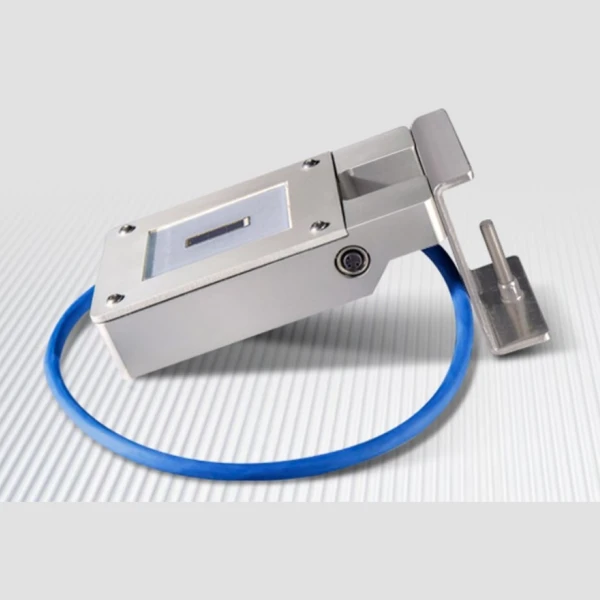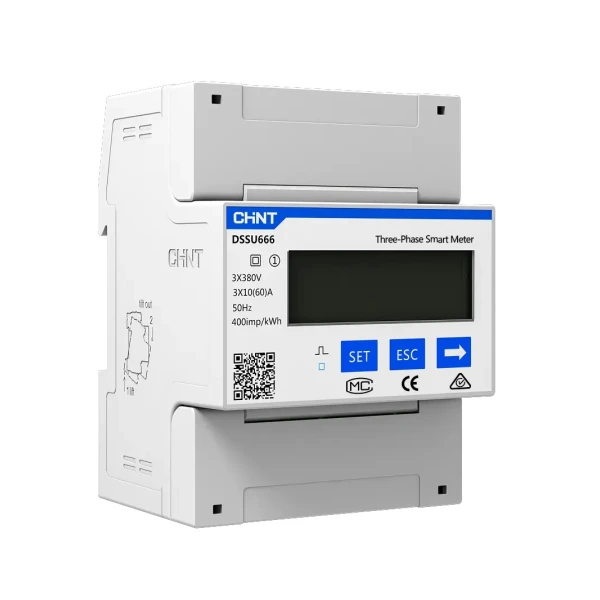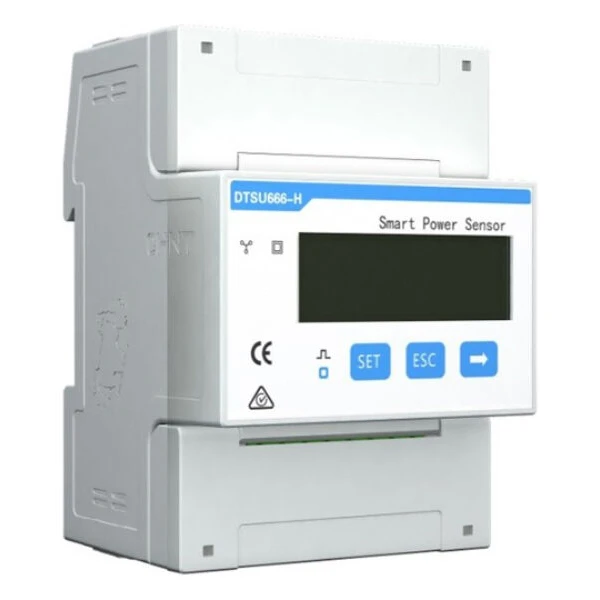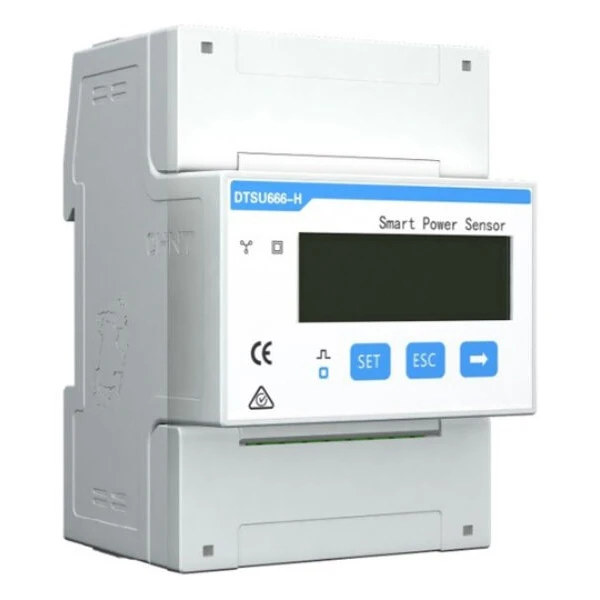Measurement devices
Discover the future of renewable energy management with measuring devices!
Inverters can only perform optimally if they receive accurate data about the system's current consumption and production. With our state-of-the-art measuring devices, not a single watt of information is lost – giving you an immediate overview of how your photovoltaic system is performing at all times.
Designed for single- and three-phase configurations, our solutions can be easily integrated with a wide range of inverter accessories. Real-time, high-resolution sampling and industry-standard communication (RS-485, Modbus, Wi-Fi) ensure that your energy management platform always works with accurate, calibrated data.
Detailed energy profiles show you exactly where you can save even more: you can identify hidden losses, optimize battery storage and even automate load distribution. This not only increases the service life of your inverters, but also shortens the payback period.
Choose the measuring device from our range that best suits your system! Our registered B2B partners have access to customized pricing and expert support, and soon our residential customers will also be able to order their devices in the same smooth process. Reliable measurement – transparent energy management. You will experience the difference.
As a reseller, installer or wholesale partner, register in our B2B webshopbefore purchasing your first measuring device ! Once your registration has been confirmed, you will be able to access our B2B webshop, where you will always find up-to-date information on prices, stock and current discounts. Once you have logged into the webshop, you can purchase measuring devices and place online orders quickly and easily.
Do you have any questions about our products?
As a B2B partner, please contact your designated sales representative, where our colleagues will be happy to assist you and answer any questions you may have about the measuring device you have selected.
You can also find lots of useful information in the following frequently asked questions and answers:
Why is a smart meter necessary in a solar power system?
A smart meter records in real time how much energy is being generated by the solar panel array and how much is being consumed by the building, allowing the inverters to be controlled based on actual load and feed-in data. Sampling every minute or even every second accurately shows losses, helps fine-tune battery storage, and optimizes the switch-on times of large consumers. Remote access to the measured data eliminates the need for on-site readings, allows faults to be detected more quickly and simplifies warranty administration. In addition, most network operators only allow net metering with certified, remotely readable meters, so the investment is also essential for legal compliance. Overall, smart meters shorten the payback period because gaps between production and consumption become immediately visible.
What is the difference between single-phase and three-phase meters?
Single-phase meters are typically designed for 230 V systems with a maximum load of ~10 kW, while three-phase meters can measure accurately up to 30–100 kW on a 400 V network. Since the three-phase device contains three current and voltage sensing modules operating in sync, it can balance the loads per phase, making it essential in industrial or high-consumption facilities. Due to their design, three-phase meters are generally more expensive, but they are suitable for more comprehensive data analysis (e.g., phase imbalance, reactive power), which can lead to greater savings in the long term. Single-phase meters, on the other hand, are smaller, cheaper, and quicker to install, making them ideal for domestic systems. The main factors to consider when making a decision are the number of phases of the inverter accessories and the total power consumption of the connected loads.
How do smart meters work?
Smart meters use electronic sensors (shunts or Rogowski coils/current transformers) to sample the mains voltage and current, and then a digital signal processing unit instantly calculates the power, cos φ, energy, and other parameters. The data is transmitted to inverters, energy management software or a cloud-based portal via a Modbus/RS-485, Ethernet or Wi-Fi interface. The device's memory usually logs data at intervals of 15 minutes or less, allowing load patterns to be analyzed retrospectively using graphs. Via a built-in relay or digital output, the meter can even directly control consumers (e.g., heat pumps, EV chargers) if production exceeds current demand. LEDs or a built-in display provide information on the operating status, while remote monitoring ensures firmware updates and a certified audit trail.
What makes a meter authentic?
A measuring device is authentic if it has MID certification, i.e., it has been verified by an independent laboratory that it measures within the specified accuracy (e.g., ±1%). Devices with the MID seal and seal are officially accepted for network billing, providing real-time, reliable information for solar systems and inverters. Certification is easy to renew, typically every 1-2 years, ensuring accurate energy measurement over the long term. Encrypted Modbus communication and a sealed housing protect the data from manipulation.
Opinions and recommendations from SOLARKIT experts
According to the unanimous experience of SOLARKIT experts, the single-phase and three-phase energy meters in the range fully meet modern requirements: They are MID-compatible, provide Class 1 accuracy (±1%) measurement, have a typical own consumption of less than 1 W, operate reliably at temperatures between –25 and +60 °C, and are protected by IP20–IP51 enclosures in the built-in distribution boxes. Thanks to their DIN rail mounting design and RS-485/Modbus-RTU communication, they provide real-time, reliable data to inverters, making zero export operation, dynamic load limitation or submetering easy. The three-phase models also display phase imbalance and distortions up to the 40th harmonic, making them a reliable, cost-effective and energy-efficient monitoring solution for residential, apartment building and commercial systems.









